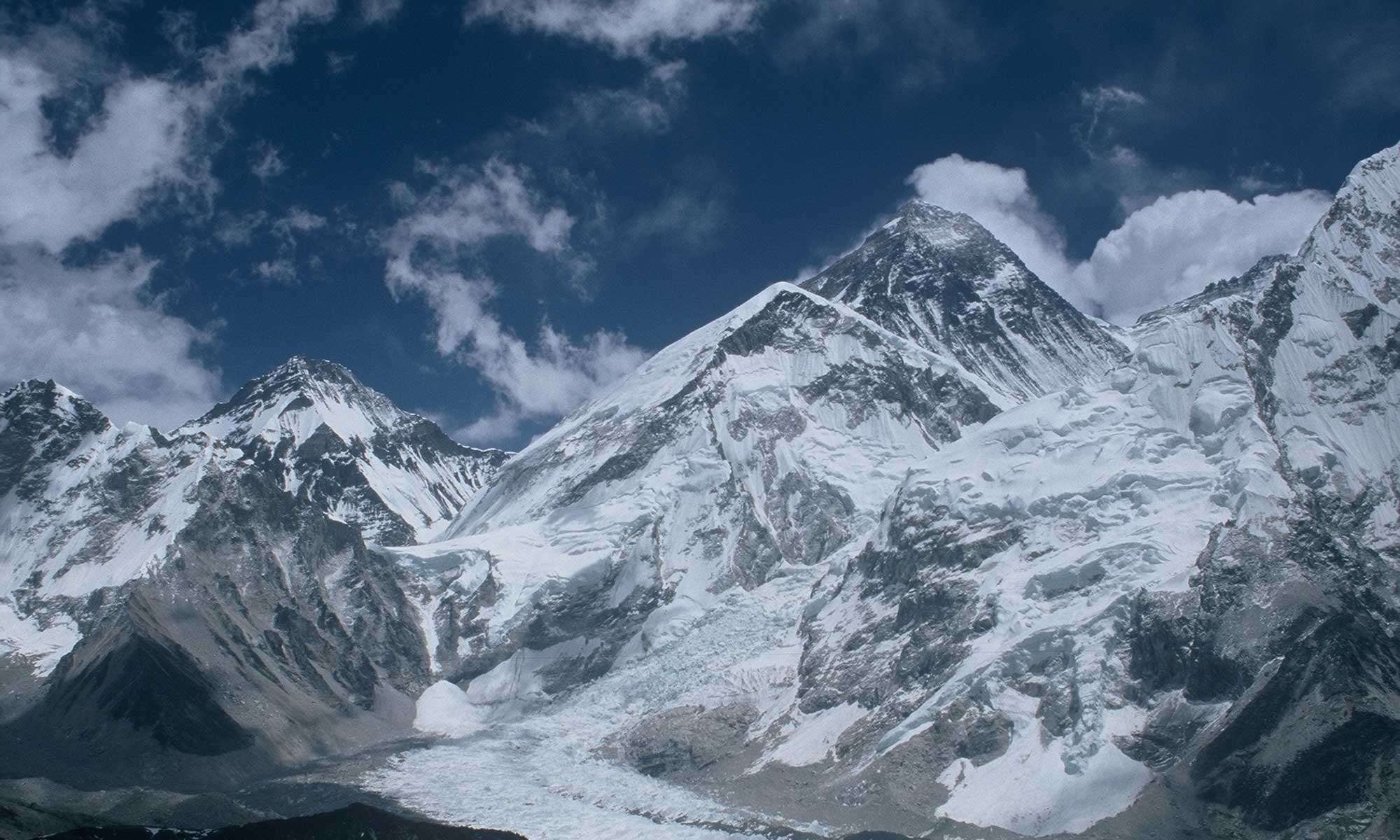At the risk of repeating myself, children do not belong on eight-thousanders. And I mean that without any ifs or buts. I have raised five children – and not in the style of a cosseting father who always wraps his kids in cotton wool. But I ask myself: How can parents deliberately expose their children to the danger of death on an eight-thousander? I have no understanding for that. And so I shake my head again now.
Twelve-year-old Pakistani Selena Khawaja and her father are on their way to Broad Peak. This summer, they want to scale the 8,051-meter-high mountain in the Karakoram. Should Selena reach the highest point, she would be the youngest person ever to stand on an eight-thousander.
On a seven-thousander at the age of ten
The girl lives with her 61-year-old single father in the Pakistani city of Abbottabad, at around 1,250 meters above sea level, 50 kilometers north of the capital Islamabad. When she was six, her father took her to the mountains for the first time, and she began climbing at eight. “She was amazing in climbing mountains,” Yousaf Khawaja recalls. “By doing a round trip of Miranjani (a nearly 3,000-meter-high mountain near Abbottabad) in a quick span of time, I realized that she had the potential to become a great asset for the country.”
Aged nine, Selena summited the 5,765-meter-high Quz Sar Peak. In 2019, she stood on the 7,027-meter-high Spantik in the Karakoram as a ten-year-old. “I love climbing mountains. I can’t explain the joy I feel when I’m at the top. It’s as if you are ruling the world,” Selena said at the time.
After Broad Peak to Everest?
The Pakistani media has since celebrated her as the “Mountain Princess”. If Yousaf Khawaja has his way, Selena will also climb Mount Everest after Broad Peak: in spring 2022. “By doing so, we will be bringing another record home, with Selena as the youngest individual and I, as the oldest Pakistani father, to scale Everest,” he said two years ago, after climbing the seven-thousander Spantik. Financing was the only obstacle, he now added.
He is wrong in this assessment; there is another obstacle: In Nepal – unlike in Pakistan – a minimum age of 16 years has been in force for expeditions since 2002. The Chinese-Tibetan authorities declared in 2010 that they would no longer issue Everest permits to people under 18 in the future. In 2014, however, they made an exception: for the Indian Malavath Poorna. At 13 years and eleven months, she became the youngest girl ever to reach the highest point on earth.

She was only one month older than the American Jordan Romero in 2010, who had also climbed via the north side and is still on the record lists as the youngest person to scale Everest. In 2016, twelve-year-old Tyler Armstrong from the USA wanted to climb the highest mountain on earth. The Chinese denied him the permit.
No experience of high altitude sickness in children
The age restrictions in Nepal and Tibet make sense, says Ulf Gieseler. The internist and cardiologist from Heidelberg is himself a mountaineer and expedition doctor and is involved in the German Society for Mountain and Expedition Medicine (BExMed). “The reaction to high altitude is not predictable. Children have infections more often than adults. And we know that infections heal more severely at altitude and are an additional risk for high-altitude pulmonary edema,” Gieseler writes me.
“Assessing high altitude sickness in children is very difficult for medical laypeople. How to deal with it, what medications and in what dosage if they were necessary? There is hardly any experience there, since children are hardly ever encountered at such altitudes.” In addition, the psyche of children is not comparable to that of adults, he said. “With the storm, the cold and the exposure on the summit ridge, a child quickly reaches its limits.”
Heart, lungs and muscles still growing
You can take children from about 14 years of age to a four-thousander in the Alps, but only if the ascents and descents are “not too difficult and long,” says Gieseler adding: “From my point of view, several weeks at high altitudes up to 8,000 meters should be rejected, because the muscles, heart and lungs are still in the growth phase.”
The International Mountaineering and Climbing Federation (UIAA) also warns against exposing children to high altitudes. The UIAA’s medical commission recommends that adults ask themselves two questions: “Will the child really like it? Is the trip pampering to the parental ego rather than to the needs of the child?”



